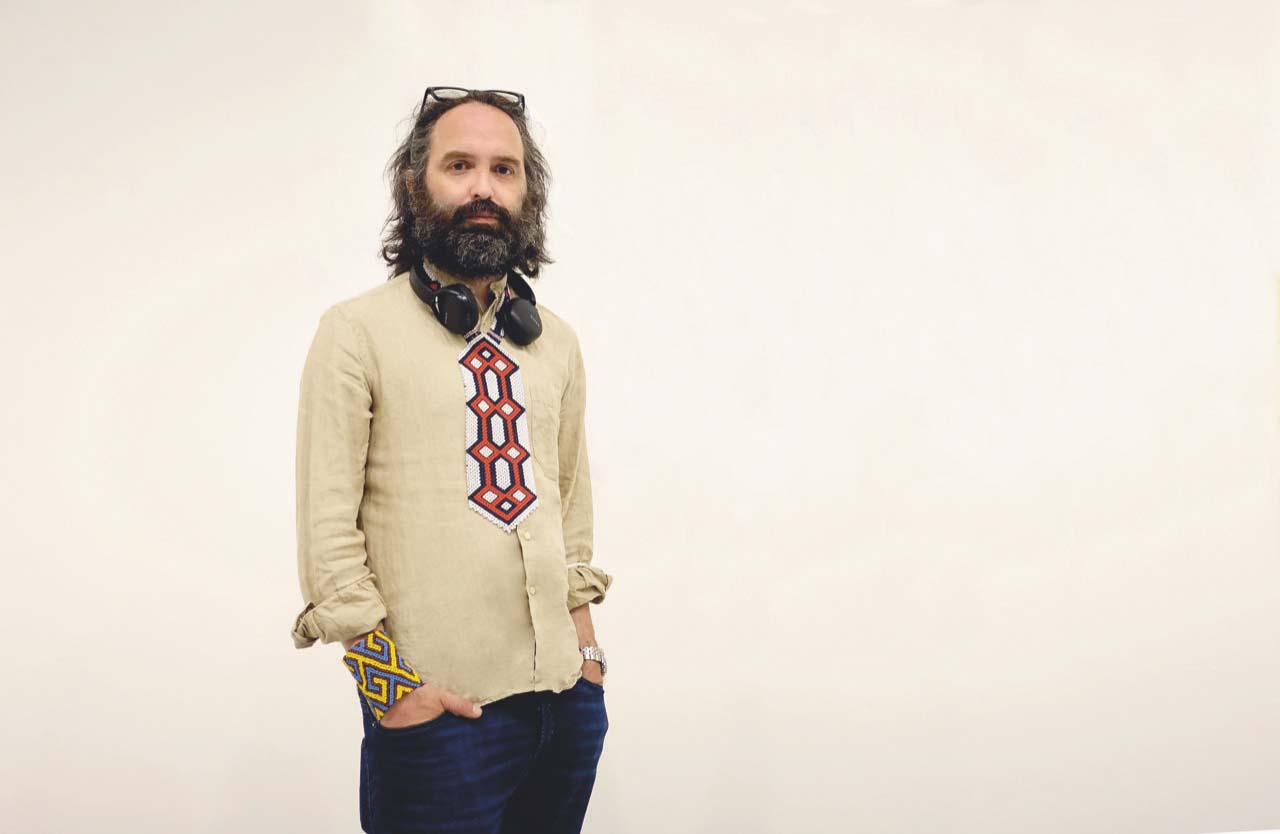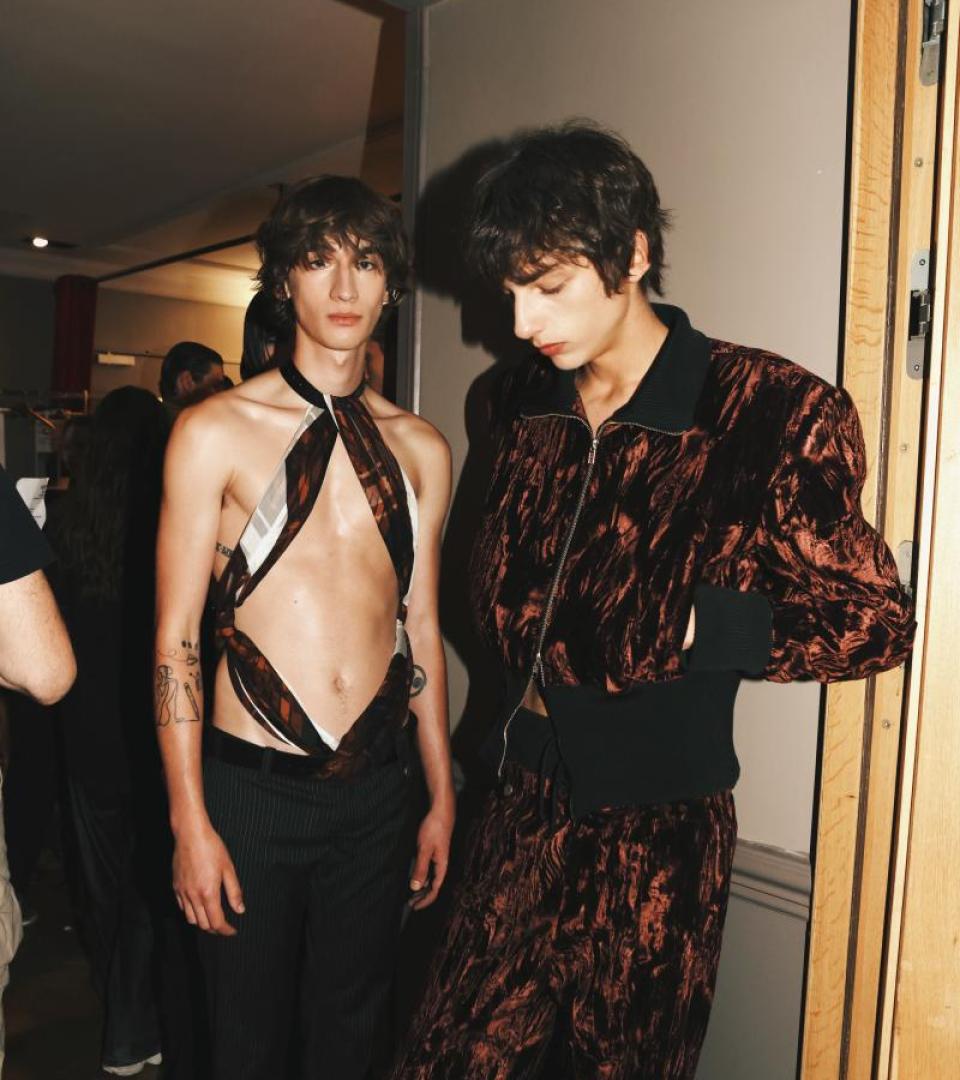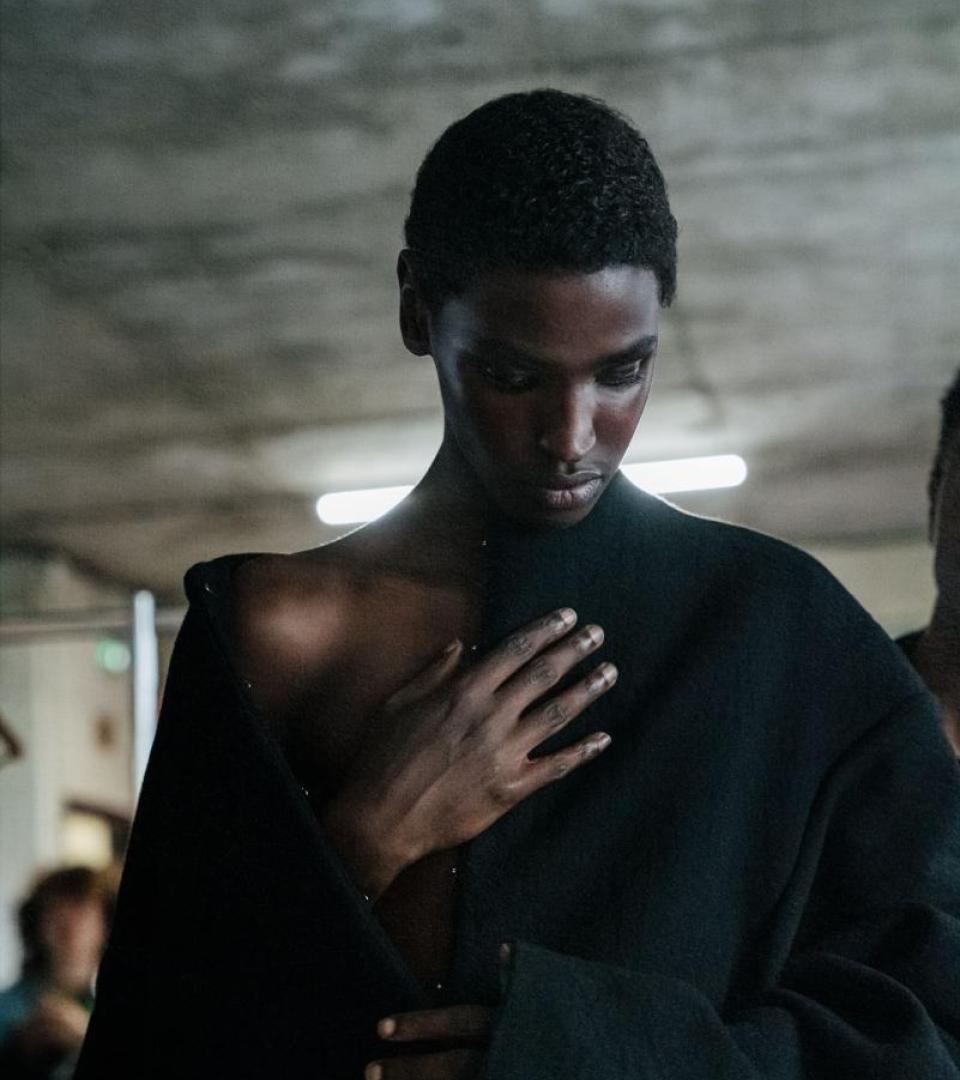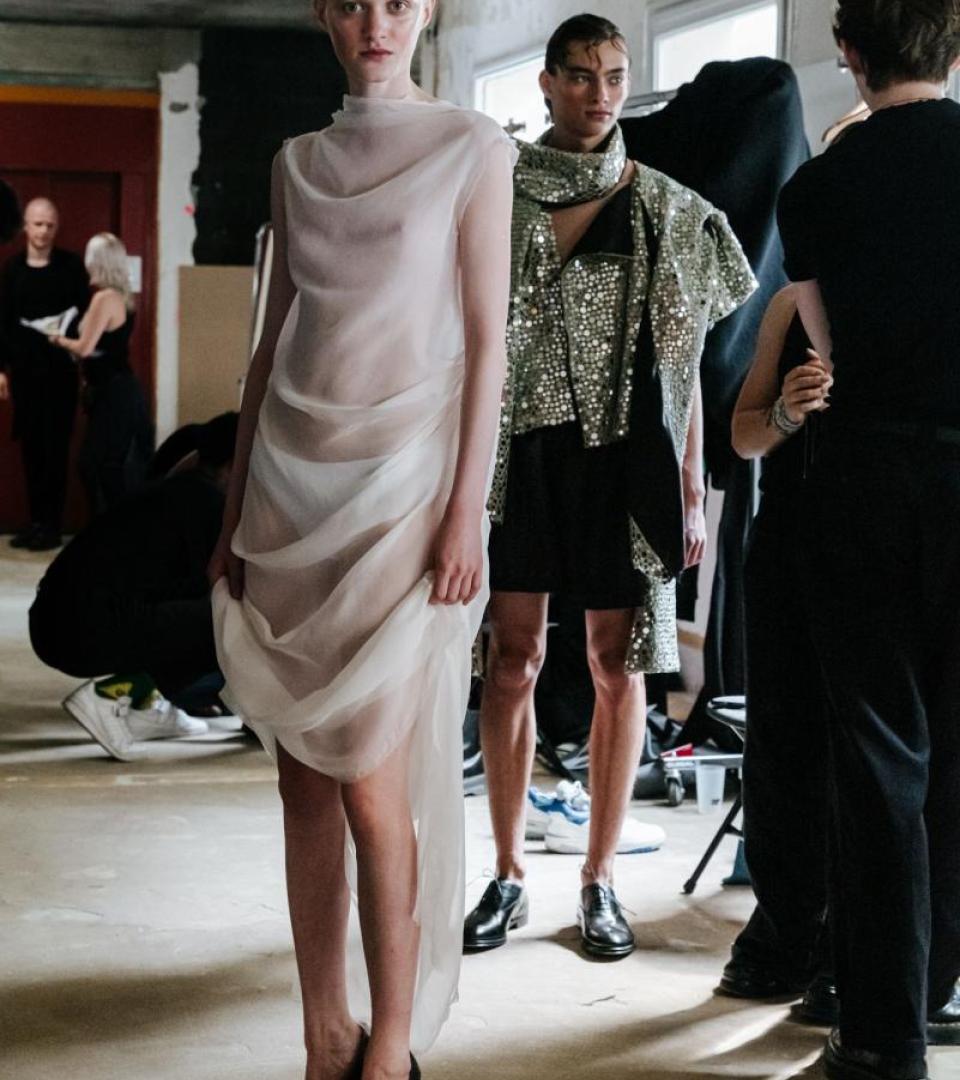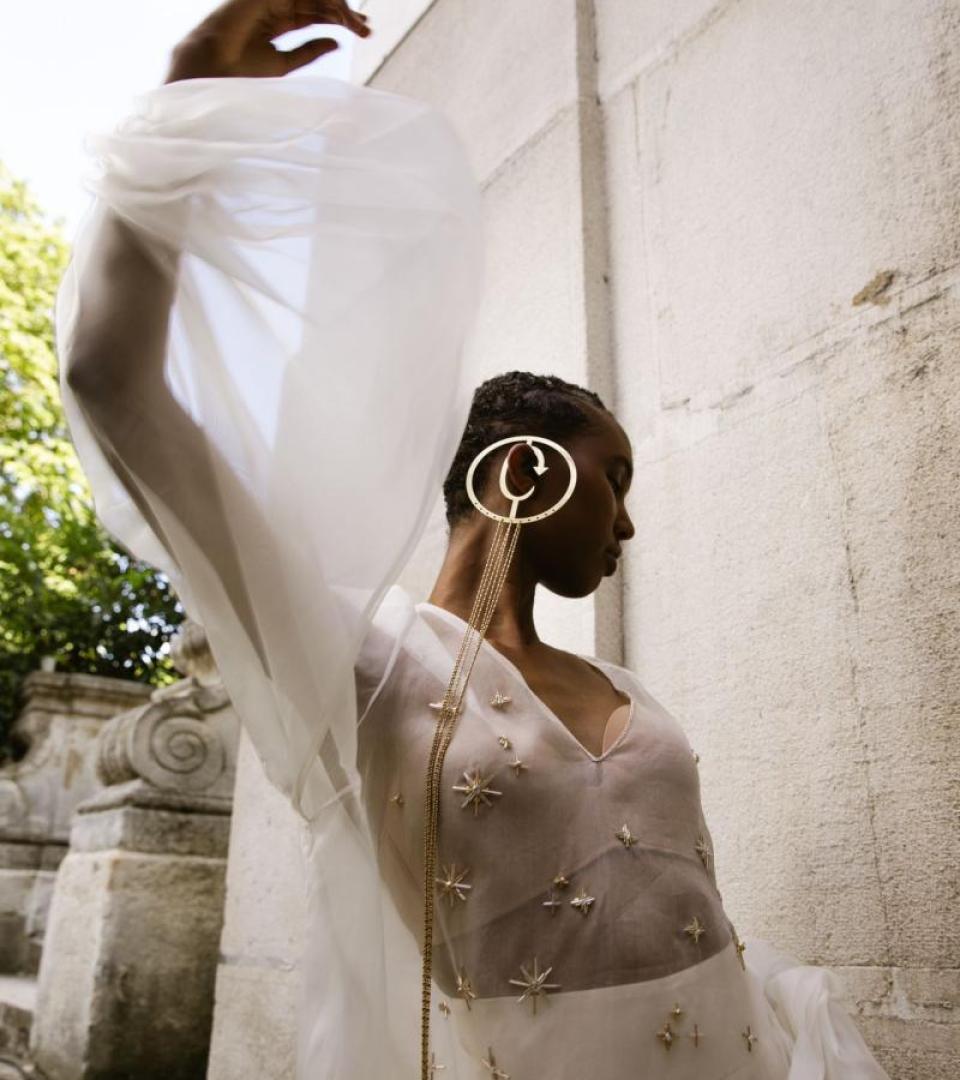A Take On Fashion: Emanuele Coccia
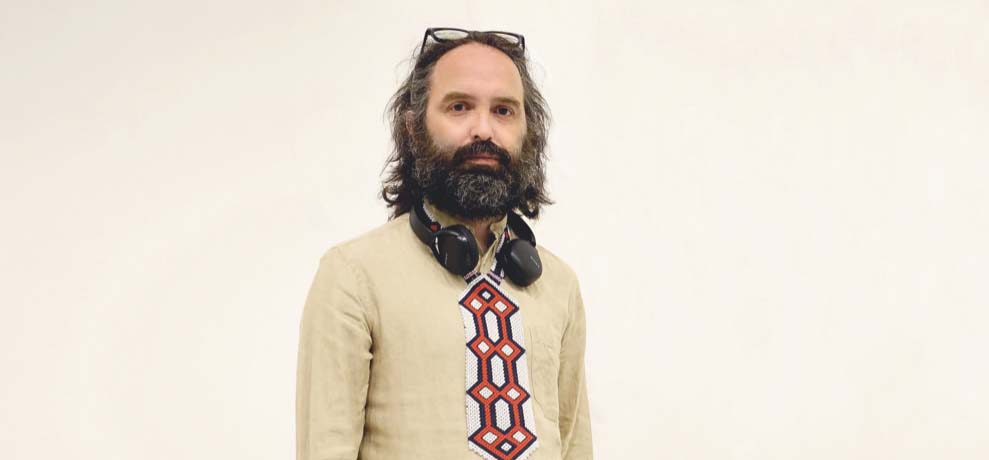
Emanuele Coccia brings a singularly intellectual perspective to fashion as someone who spends his time immersed in philosophy and the social sciences. An associate professor at the EHESS in Paris, he is the author of Sensible Life (2010), The Life of Plants (2018), Metamorphosis (2021) and Philosophy of the Home (2023). He has directed animation videos such as Quercus (2019, with Formafantasma), Heaven in Matter (2021, with Faye Formisano) and Portal of Mysteries (2022, with Dotdotdot). Applying his insights to art, he has participated as an advisor to several exhibitions such as Nous Les Arbres presented at the Fondation Cartier and the 2022 Triennale Milano, and often hosts art talks, most recently at Thaddaeus Ropac and the Centre Pompidou. Coccia, who is based in Paris, is writing a four-handed work on the relationship between fashion and philosophy with Gucci’s creative director, Alessandro Michele.
In what ways is exploration a natural part of the design process?
Design itself is the most radical form of exploration we can engage in because it is about our happiness, our being well in this world. That is precisely why it is always a simultaneous exploration of self and the cosmos. We only need design because we are born without having either the experience or the idea of happiness. This is why we spend the rest of our lives observing, touching, measuring the world and tasting it to understand what makes us feel good. In this way, we also explore our body and our mind. This continuous exploration of self and the world in search of happiness is what we call dreaming. And design is the ambition or claim that there is a method in the way we dream, and the attempt to give a single name to all possible forms of happiness.
What are some of the themes and ideas that you would like to see designers exploring through the next few seasons?
In the past few months, we have had a clear experience that the world is one. Even in tragedy, Covid has created a unique experience for all countries — a kind of common past for all humanity that allows us, for the first time, to also imagine a common future for the whole species. It is as if the virus has made us realise that we are all made of one flesh, and that cultural, political, gender and geographical divisions are much less strong than the carnal unity of all human beings. Nations right now are trying to bring back divisions in the human species based on arbitrary differences. Now, fashion is the only true global language. It speaks to everyone because it is the most universal artifact we have. Everyone dresses differently by culture, ethnicity, age, gender, and we dress all day, every day. This universal power of fashion is also a force capable of unifying all peoples of the world. Perhaps fashion should radicalise this ability to give bodies an awareness that they belong to one world, our planet.
How do you, personally, explore what’s new and exciting in fashion?
I travel frequently and this allows me to observe very different people, to study their tastes, and listen to their desires. Actually, what interests me most is not to observe the present, but to explore what in the present is already working on shaping the world of after tomorrow. And not tomorrow, which is always a consequence of today, but after tomorrow — the kind of future that is not yet predictable and that is unrecognisable compared to the present. That is precisely why it can afford to coincide with an ancestral past. The most radical form of exploration for this should be in dreams: the dream is already an exploration, and being able to explore the dreams of others is the most important faculty for any creative. So much more than observation, dreaming is the most powerful tool of exploration.
How have the past few years shaped your exploration through social media and the virtual world?
It may sound paradoxical but the most important thing for me in social media is the ability to easily build up an archive of collections and runway shows, which was very difficult in the past with print media. Because of social media, I think the big design houses have had to finally assume that they are an open-air archive of forms and not just forces of the ephemeral. These forms remain forever, even if they have marked only one season.
This interview has been lightly edited for clarity.
